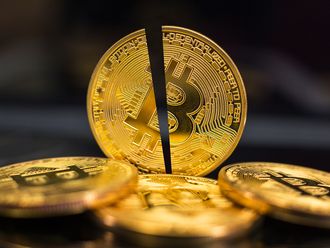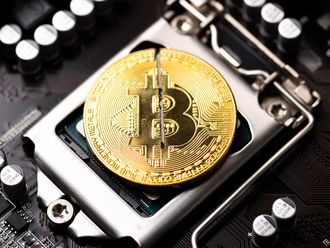JPMorgan Chase & Co. CEOJamie Dimon made news by criticising bitcoin. Asking a bank CEO what he thinks of bitcoin is like asking the head of the post office what he thinks of email.
In a perfect world, Dimon would note the reasons why people use the cryptocurrency along with the dangers, and explain how JPMorgan is working to provide its customers with the advantages that come with bitcoin in safer forms. Instead, he denounces innovation as fraud and threatens to fire any employee who trades in bitcoin.
Dimon compared bitcoin to tulips, which is accurate, though not in the way he intended. Popular notions of the 17th century Dutch Tulipmania are derived from an 1841 book “Extraordinary Popular Delusions and the Madness of Crowds,” by a fact- and logic-challenged journalist named Charles Mackay.
Mackay confused two distinct eras. He reports stories from around 1610 about high prices paid for individual bulbs. What he failed to realise is that people were not paying for single flowers, but for the entire breeding stock — or a significant portion of it — of popular new tulip varieties.
People have continued to pay higher inflation-adjusted prices for new tulip and lily bulbs to this day.
A quarter century later, a futures market grew up around fractional interests in low-priced, ordinary tulip bulbs. In premodern Europe investment returns were very high, 20 per cent or 30 per cent per year on low risk investments, but laws and customs prevented anyone not in the merchant class from taking advantage.
Holland accidentally created a loophole by allowing contracts for fractional interests in tulip bulbs for the convenience of the industry. These were needed because the price of popular new bulbs was higher than even rich individuals could afford.
In the early 1630s ordinary people discovered that these contracts could serve as money to support business and investment. These contracts then became “monetised”, as happens to all assets used as bases for monetary activity. That means their value decoupled from the use value of the underlying asset and became determined by demand for money services.
By 1637, contracts for fractional interests of low-priced tulip bulbs had risen to 20 times the price of the actual bulbs, reflecting the explosion of economic activity they stimulated.
In February 1637, the market collapsed; six weeks later it was outlawed.
Something similar happened with bitcoin. People began using it in 2009 because it solved problems of the existing money and banking system: inflation, expropriation, taxes, use restrictions, financial repression and fees, especially for small and cross-border transactions.
The economic value of these services serves as the underlying base of value, just like the value of tulip bulbs supported the tulip futures contracts.
But bitcoin became monetised and its value far exceeds the current use value in transactions. Its value is now based on projected future need for protection against the problems it solves. If this be fraud, all money is fraud.
Dimon went on to claim that governments would suppress bitcoin because they like to control their own monetary policy. This is a strange objection.
It seems to assume bitcoin will increase dramatically in value, because it would have to in order to be significant in global money supply.










_resources1_16a30b358e0_small.jpg)

